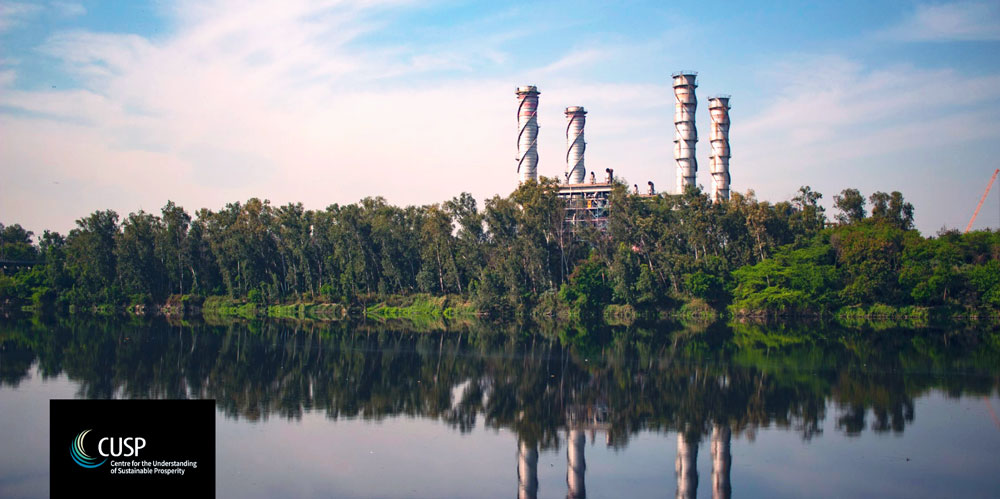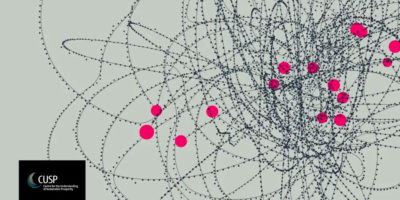Ecological macroeconomic assessment of meeting a carbon budget without negative emissions
Journal Article by Martin R. Sers, exploring the role that steady-state and degrowth economic trajectories may play in emissions reductions consistent with a 1.5 degree world
Global Sustainability 5 (e6) | March 2022

Summary
This paper expands the range of scenarios usually explored in integrated assessment models by exploring unconventional economic scenarios (steady-state and degrowth) and assuming no use of negative emissions.
Ecological economists and degrowth scholars have long explored the ideas of steady-state and degrowth economic futures (Daly, 1993; Jackson, 2009; Kallis, 2018; Victor, 2008), while macroeconomic modelling of steady-state and degrowth scenarios has shown that these economic pathways may contribute substantially to emissions reductions (Jackson & Victor, 2020; Victor, 2012). The challenges associated with decoupling a growing economy from emissions and other environmental concerns, and the uncertainty of such a phenomena even being possible, makes the consideration of such pathways critical.
Using a mathematical model of climate and economy, the paper demonstrates that keeping cumulative emissions within the 1.5 degree carbon budget is possible under all growth assumptions, assuming a rapid electrification of end use and an immediate upscaling of renewable energy investments. Under business-as-usual investment assumptions no economic trajectory corresponds with emissions reductions consistent with the 1.5 degree carbon budget.
Input-output integrated assessment model
The paper presents a stock-flow consistent input–output integrated assessment model designed to explore the dual dynamics of transitioning to renewable energy while electrifying end use subject a carbon budget constraint. Unlike the majority of conventional integrated assessment model analyses, this paper does not assume the deployment of carbon dioxide removal and examines instead the role that alternative economic pathways (steady-states and degrowth) may play in achieving 1.5°C consistent emissions pathways.
The model is internally calibrated based on a life-cycle energy return on investment scheme and the energy transition dynamics are captured via a dynamic input–output formulation.
Renewable energy investment as a fraction of gross domestic product for successful emissions pathways reaches 5%. In terms of new capital requirements and investments, degrowth trajectories impose lower transition requirements than steady-state and growth trajectories.
The paper is available in open access format via the Cambridge University Press website. If you have difficulties accessing the paper, please get in touch: info@cusp.ac.uk.
Citation
Sers M R 2022. Ecological macroeconomic assessment of meeting a carbon budget without negative emissions. Global Sustainability 5 (e6), 1–17. https:// doi.org/10.1017/sus.2022.2.



